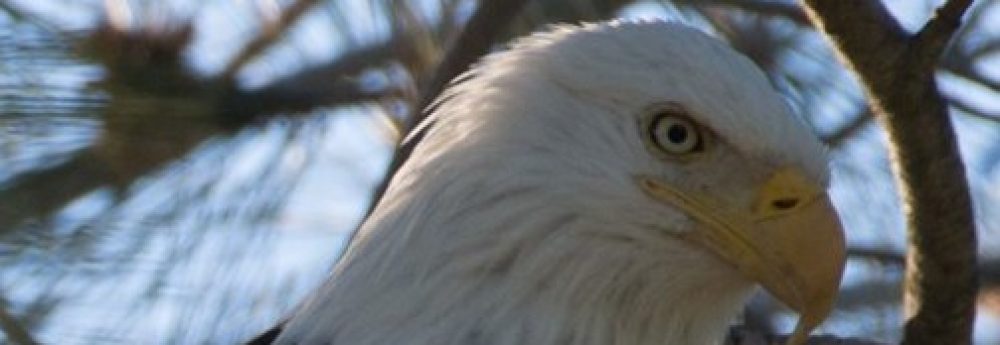Not only is the storm door open, but we also officially have an atmospheric river aimed right at California. This is not new, this happens quite often, but the number of times this happens during a year varies significantly. While our politicians are focused on reducing HO2 emissions to stop climate change (global warming) they are ignoring far more serious threats. No one living in Northern California has seen a really wet winter. We have had some whoppers. In 1999 my wife and I decided to take the kids skiing. We were living in Novato at the time. We had rented a condo in Incline Village. While driving on Hwy 80 by the time we got to Sacramento it started to rain, buckets. I told everyone that rain here means snow in the mountain, so I sped up to try and beat the storm. By the time we got to Donner summit there had been about a foot of snow. Just as we came down from Donner Pass, the radio announced that Hwy 80 was now closed. We got more snow before we picked up the keys to the condo in Truckee and even more snow before we got to the condo in Incline Village. We had a Ford Expedition with 4 wheel drive, but the first time I also had to put on chains. We were shoveling snow off the deck at the condo every couple of hours, so it wouldn’t collapse, and I would drive the Expedition out the driveway every couple of hours, so we could get out in the morning. We went to the ski resort in the morning, and they literally laughed at us. They told us they were still digging out the ski lifts. We thought this was a world record, but it wasn’t even close. Sugar Bowl reported a mere 168 inches of snow or 14 feet during the period from February 6 – 9, 1999. The real record happened in happened in 1921 at Silver Lake, Colorado when they got 76 inches in 24 hours. Coming in a close second, was in 1982 when Echo Summit got 67 inches of snow in 24 hours.
You might be interested to know that in 1906-07, Tamarack, California, got 884 inches of snow (73.7 ft) in just one winter one winter. As recently as the winter of 2018 to 2019 Sierra at Tahoe reported getting over 500 inches of snow. Few remember that because the geniuses in charge of our reservoirs did not save that water. Instead, they tried, unsuccessfully, to save a handful of salmon and the threatened delta smelt.
The point being that it would be foolish to underestimate the potential for very wet winters in Northern California. What makes this storm remarkable is that it is happening in October. Most of the big storms seem to happen in January, February, or March. So, this could be the start of something big, or it could be nothing more than an early storm.
I do not pretend to know what will happen this year, but I do know that one of these years we are going to get a very wet winter. It happens more than you think, but as far as I can tell, the last time really big storm occurred during the winter of 1861-62. Between the period between November 11, 1862, and January 14, 1862, Sonora got 72 inches of RAIN. The entire central valley of Sacramento and San Joaquin was reportedly flooded for a distance of 250 to 300 miles long and 20 miles wide.
This is from the Journal of William Brewer who wrote about this in San Francisco in 1862.
California Rains Winter 1861 – 62 from the Journal of William H. Brewer (socminco.com)
Here is another report of the Great Flood of 1862 in Wikipedia:
Great Flood of 1862 – Wikipedia
One will note that it was a series of atmospheric rivers that caused this mess.
The weather pattern that caused this flood was not from an El Niño type event, and from the existing Army and private weather records, it has been determined that the polar jet stream was to the north as the Pacific Northwest experienced a mild rainy pattern for the first half of December 1861. In 2012, hydrologists and meteorologists concluded that the precipitation was likely caused by a series of atmospheric rivers that hit the Western United States along the entire West Coast, from Oregon to Southern California.
It is interesting to note that the Indian story tellers have stories about floods much bigger than this:
“Native Americans knew that the Sacramento Valley could become an inland sea when the rains came. Their storytellers described water filling the valley from the Coast Range to the Sierra.”
I have talked to many experts very familiar with our existing flood control structures. None of them even hint that the existing structures are remotely capable of handling this much water. It will happen again, sometime, hopefully not this year. When it does imagine being in a home, high and dry, surrounded by water, with no electricity to keep your new green deal all electric home warm. No one can possibly predict these kind of events. They are by definition, very rare. But they have happened before, and they will happen again. And when it does happen, few people will be overly concerned about CO2 emissions. Sometimes, when it rains, it pours. Cry me a river.
TDM
